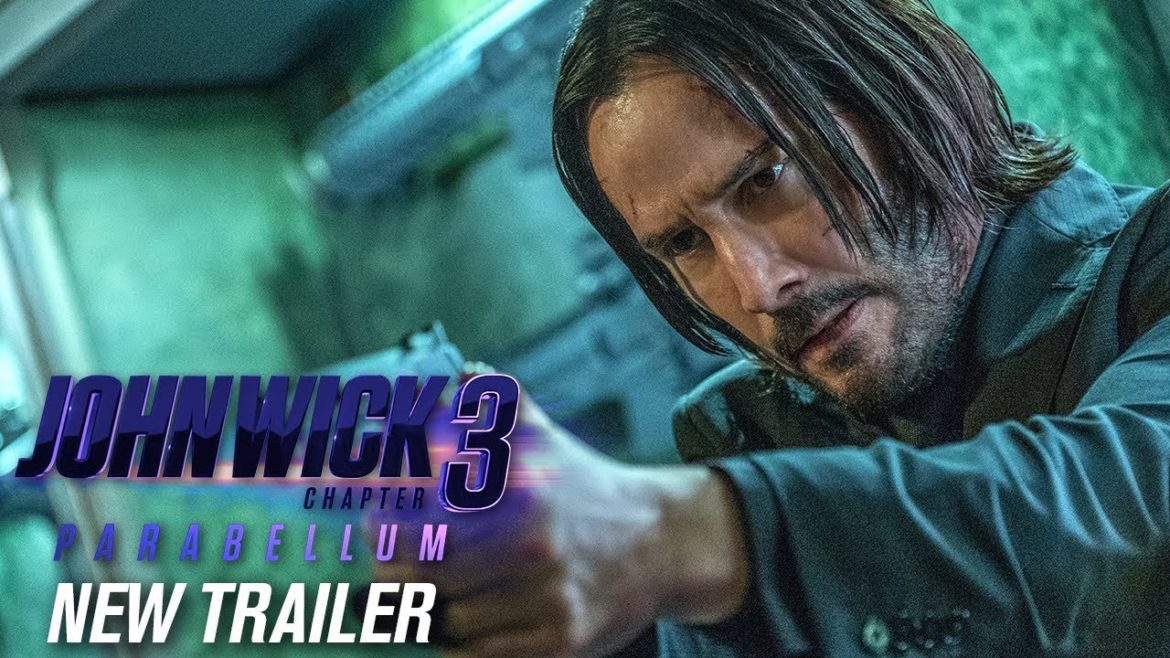TL;DR
John Wick 3 throws you into non-stop, visually stunning action as Wick races against a massive bounty. Director Chad Stahelski delivers breathtaking fight choreography, pushing the franchise's action to new heights with impressive stunts and effects. However, while the action is spectacular and graphic, the plot becomes thin and repetitive over its two-hour runtime, and some promising characters like Halle Berry's are underdeveloped. It's a visual feast for action fans, but a stronger narrative could have elevated it further. Dive into the full review to see if this adrenaline rush is for you!
John Wick (Keanu Reeves) finds himself on the run, picking up almost immediately after the events of John Wick: Chapter 2. A $14 million bounty has been placed on his head, attracting the attention of virtually every professional assassin in New York, and eventually the world. Wick seeks aid from The Director (Anjelica Huston), requesting one final, crucial favor. However, the situation rapidly escalates, proving far more complex and perilous than initially anticipated, blurring the lines between allies and adversaries, and sowing seeds of distrust.
My introduction to the John Wick franchise was serendipitous. While I found the original film entertaining, I considered it somewhat simplistic. The presence of Michael Nyqvist as the antagonist added a layer of intrigue. By 2017, with the release of John Wick: Chapter 2, the franchise had secured a prominent place on my radar. Consequently, the announcement of a third installment piqued my interest considerably.
The film plunges into intense action from the outset. An early fight sequence, set in an antique museum, features combatants utilizing knives and improvised weaponry from shattered display cases. This scene stands out as one of the most intense and remarkably choreographed I’ve witnessed. The seamless integration of practical and digital effects enhances the viewing experience, often making it difficult to discern the techniques used in certain sequences. Director Chad Stahelski, who has helmed all three films, elevates the action choreography in John Wick: Chapter 3 – Parabellum to a new level, surpassing the stylish sequences of its predecessors. Stahelski’s background as a stuntman (including work with Reeves on the Matrix films) and choreographer provides him with a unique perspective, allowing him creative freedom in crafting these impressive action set pieces. The film’s violence is often graphic, pushing the boundaries even for seasoned viewers of action cinema.
While action and stunts are central to the film’s appeal, a compelling narrative is also crucial. This is where John Wick: Chapter 3 – Parabellum falls slightly short. With a runtime exceeding two hours, the film’s relatively thin plot becomes apparent. Lacking substantial subplots, character development, or narrative deviations, the film’s relentless action, while initially captivating, begins to lose some of its impact. A more concise runtime might have mitigated this issue, preventing the action from becoming somewhat repetitive.
Halle Berry is prominently credited, suggesting a significant role. However, her appearance is limited to a single sequence midway through the film, after which she disappears from the narrative. While this particular sequence is engaging, its inclusion feels somewhat disjointed and ultimately underdeveloped.
Ian McShane delivers another masterful performance, mirroring his excellence in Hellboy (2019). The return of Laurence Fishburne is also a welcome addition. Mark Dacascos embodies a brutal yet surprisingly humorous assassin, and the ever-charismatic Anjelica Huston adds further gravitas to the cast.
In conclusion, John Wick: Chapter 3 – Parabellum offers some of the most visually spectacular action sequences in recent memory. The film distinguishes itself through wide shots and extended takes, allowing viewers to fully appreciate the choreography and action without relying on rapid cuts or close-ups. Despite its intense violence and occasional moments of brutality, the film’s length ultimately detracts from its overall impact. Consequently, John Wick: Chapter 3 – Parabellum, while highly recommended, stops short of being a definitive “must-see” film.

